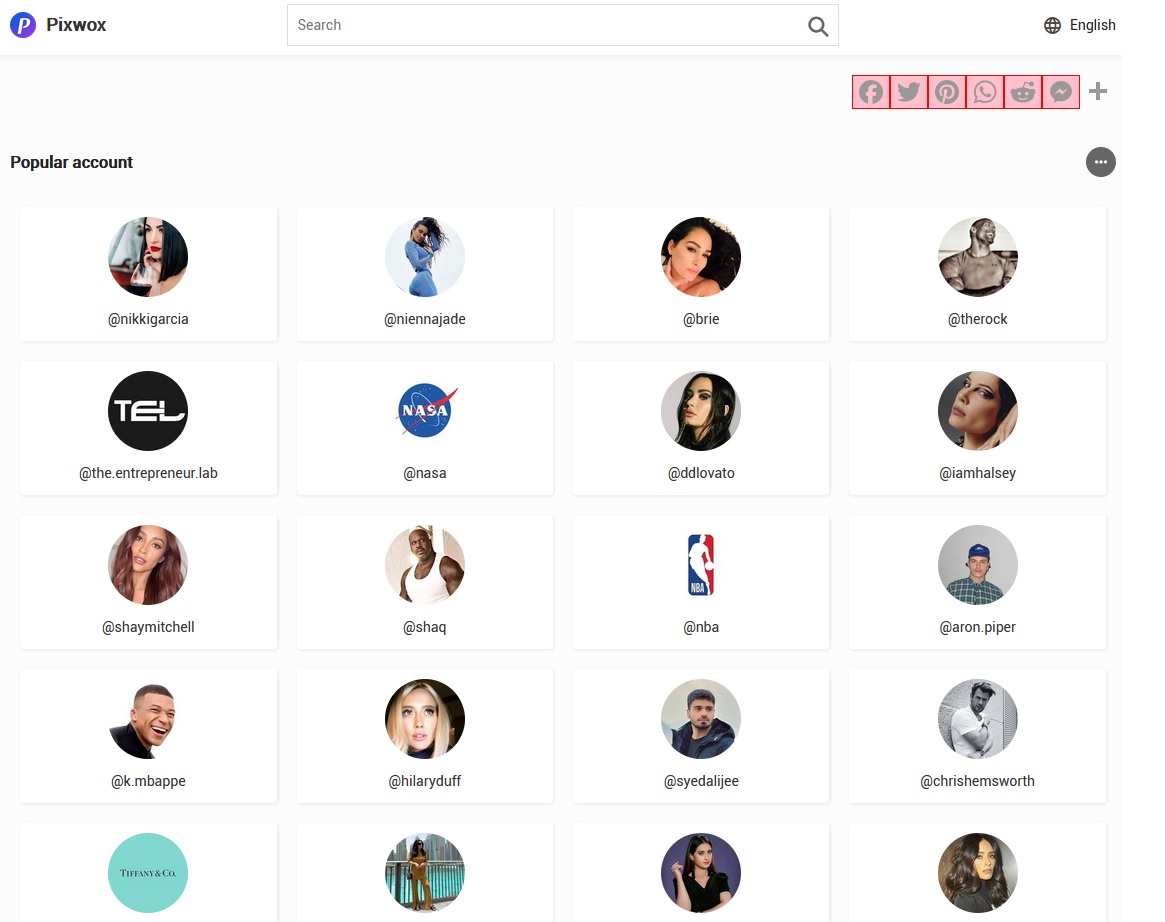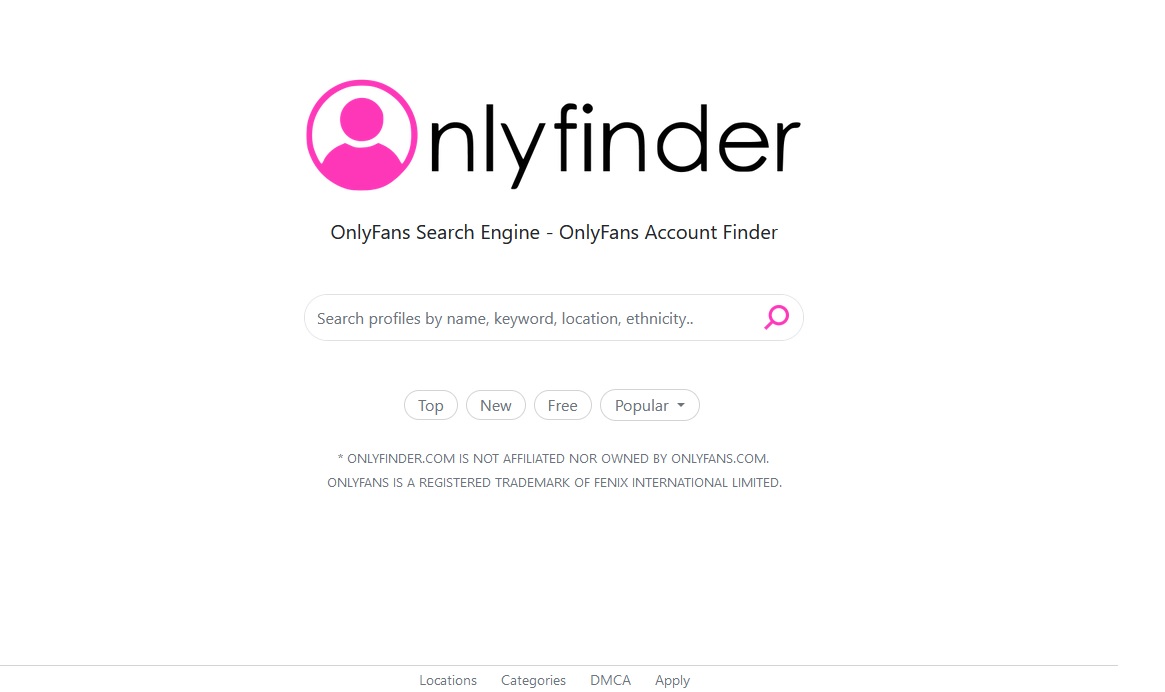In an increasingly digital world, preserving the quality of images is paramount, especially when sharing documents and visuals. The PDF (Portable Document Format) has emerged as a reliable and versatile solution for maintaining image integrity. Any jpg image can be converted into a PDF file using online editors like sodapdf.com/jpg-to-pdf/.
Here are the five key reasons why the PDF format excels in preserving image quality than other file formats.
1. Lossless Compression
PDF employs a lossless compression algorithm, ensuring that images are stored efficiently without compromising quality. When you convert an image to PDF, it retains every pixel, color, and detail. This compression strikes a balance between file size and image fidelity, making PDFs ideal for archiving high-resolution images.
Unlike some other formats, such as JPEG, which use lossy compression and can lead to degradation, PDFs keep your images crisp and true to the original.
2. Vector Graphics Support
While raster images like JPEG and PNG are pixel-based and can lose quality when resized, PDF supports vector graphics seamlessly. Vector images are resolution-independent; they rely on mathematical formulas to define shapes and lines.
This means that when you zoom in on a vector image within a PDF, it remains sharp and free from pixelation. This property makes PDFs an excellent choice for documents that contain logos, diagrams, and illustrations.
3. Embedded Color Profiles
PDFs support embedded color profiles, ensuring consistent and accurate color representation across different devices and platforms. This feature is particularly important for designers, photographers, and anyone who relies on precise color matching.
Whether it is CMYK for print or RGB for digital displays, PDFs maintain the intended color fidelity, making them the format of choice for professional imagery.
4. Layer Preservation
In many cases, images within a PDF document can be organized into layers. These layers allow for selective viewing and editing. When you convert an image with layers to PDF, the format preserves this structure.
This is advantageous when you need to collaborate on a document or when you want to provide viewers with the option to toggle specific layers on or off without affecting image quality.
5. Password Protection And Encryption
PDFs offer robust security features, including password protection and encryption. When you share an image in PDF format, you can ensure that only authorized users can access it.
This level of security is vital for sensitive images or confidential documents. By safeguarding your images within a PDF, you not only preserve their quality but also protect them from unauthorized access.
Bottom Line
The PDF format’s ability to preserve image quality is a result of its lossless compression, support for vector graphics, embedded color profiles, layer preservation, and robust security features. Whether you are a graphic designer, photographer, or simply someone who values image integrity, using PDFs ensures that your visuals remain true to their original form. So, the next time you need to share or archive images, consider the PDF format as your trusted ally in preserving image quality while maintaining compatibility and security.








Add Comment